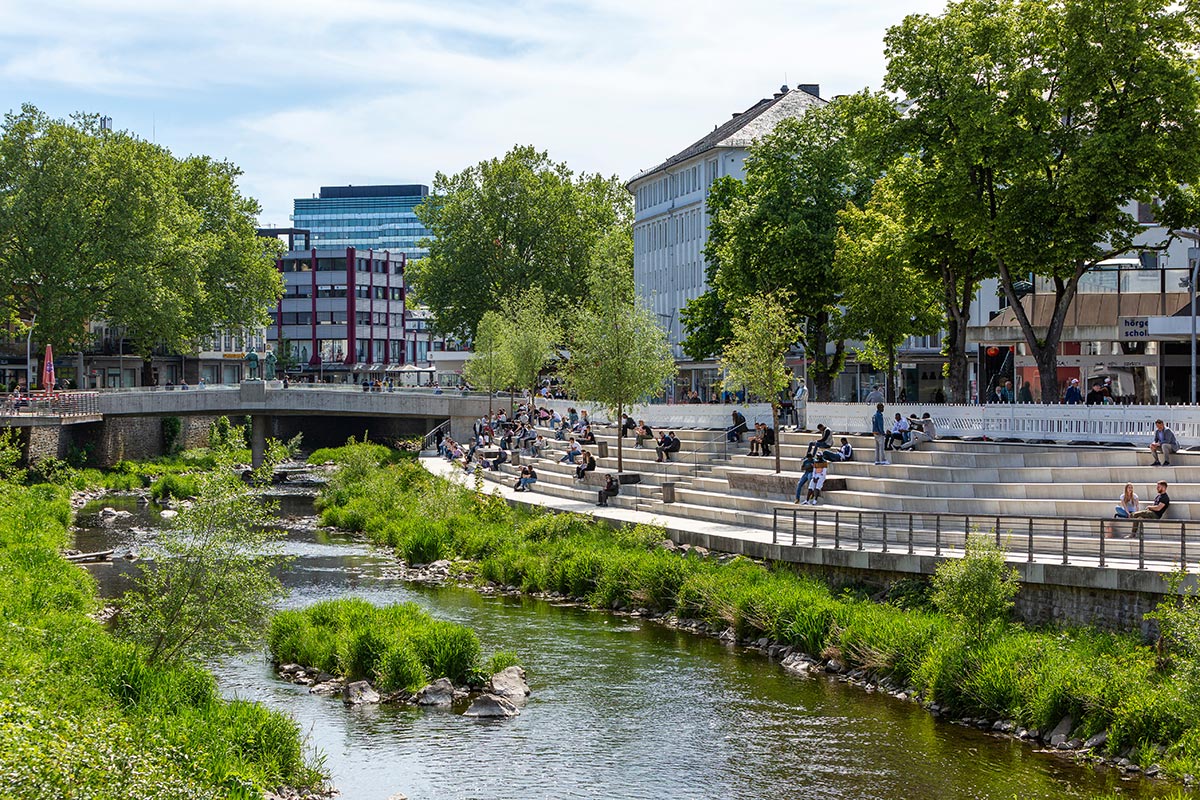Climate Mitigation, Adaptation and Enablement

At Telenor, our mission is to continually reduce emissions, delivering on our science-based targets, and achieving net-zero emissions by 2045. We are also committed to managing the physical and transition risks of climate change, such as extreme weather events and rising temperatures.
Targets
Telenor has the following emissions reduction targets, deemes science/based by the Science Based Targets initiative:
Near-term targets:
Reduce absolute scope 1 and 2 GHG emissions by 69% within 2030, from a 2019 baseline.
Reduce absolute scope 3 GHG emissions by 28% within 2030, from a 2019 baseline.
Long-term targets:
Telenor Nordics: 90% reduction across all scopes by 2040, with neutralisation of residual emissions.
Telenor Group: 90% reduction across all scopes by 2045, with neutralisation of residual emissions.
Mitigation
Telenor plans to reduce its GHG emission footprint in line with science-based targets aligned with the Paris Agreement’s ambition to limit global warming to 1.5°C for scope 1 and 2 and well below 2.0°C for scope 3. The plan consists of three steps:
Until 2025:
Reduce scope 1 and 2 emissions, progressing towards 95% reduction in Nordic operations and 50% reduction in Asian operations by 2030.
Mobilize suppliers and merged companies (Celcom Digi and True Corporation) to set science-based targets.
Until 2030:
Continue reducing scope 1 and 2 emissions by phasing in renewable energy.
Reduce scope 3 emissions to keep total emissions on track for net-zero.
Start phasing in carbon removal, primarily via nature-based solutions, whilst ensuring this is aligned with our work on nature and biodiversity.
Beyond 2030:
Continue reducing scope 1, 2, and 3 emissions by 90% compared to the baseline year, aiming for 2045 (2040 for Nordics).
Set stricter requirements for real emission reductions from suppliers and proactively select those with a low GHG footprint.
Telenor will increasingly set stricter requirements for real emission reductions from suppliers and proactively select those with a low GHG footprint. Additionally, we will pursue energy efficiency improvements to reduce energy consumption, and procure renewable energy in the Nordics and where possible in Asia.
Adaptation
Telenor provides critical communication infrastructure to society and businesses. To ensure business continuity and service availability during more extreme, long-lasting and/or frequent severe weather events, Telenor will need to balance proactive investments in hardening its transmission, fibre and mobile networks and data centres against operational costs related to restoration and repair during and after weather events. Such events are exacerbated by global warming and include storms, floods, landslides, fires and heatwaves.
Telenor’s minimum short-term ambition is to maintain network availability at historical levels. However, as businesses and society adopt more mission-critical services dependant on the high availability of 5G slices or IoT, mobile network availability will need to further improve and be able to deliver according to strict Service Level Agreements (SLAs) and/or regulatory requirements.
Enablement
The digitalisation of society and business processes is expected to be a prerequisite to reduce emissions and adapt to climate change across most sectors and markets. This is known as the twin green and digital transition in Europe. This transition will depend on instrumentation, monitoring, data collection, remote operations, management and repair. Telenor will pursue an ambition to develop and invest in such enablement solutions together with partners, leveraging its fixed and mobile communication services in combination with IoT devices and services and data-driven automation.
Telenor has developed and published a climate transition plan, approved by the Board. This plan elaborates how we will reach our climate targets and commitments, under three main pillars: mitigation, adaptation and enablement. The plan may be found here.